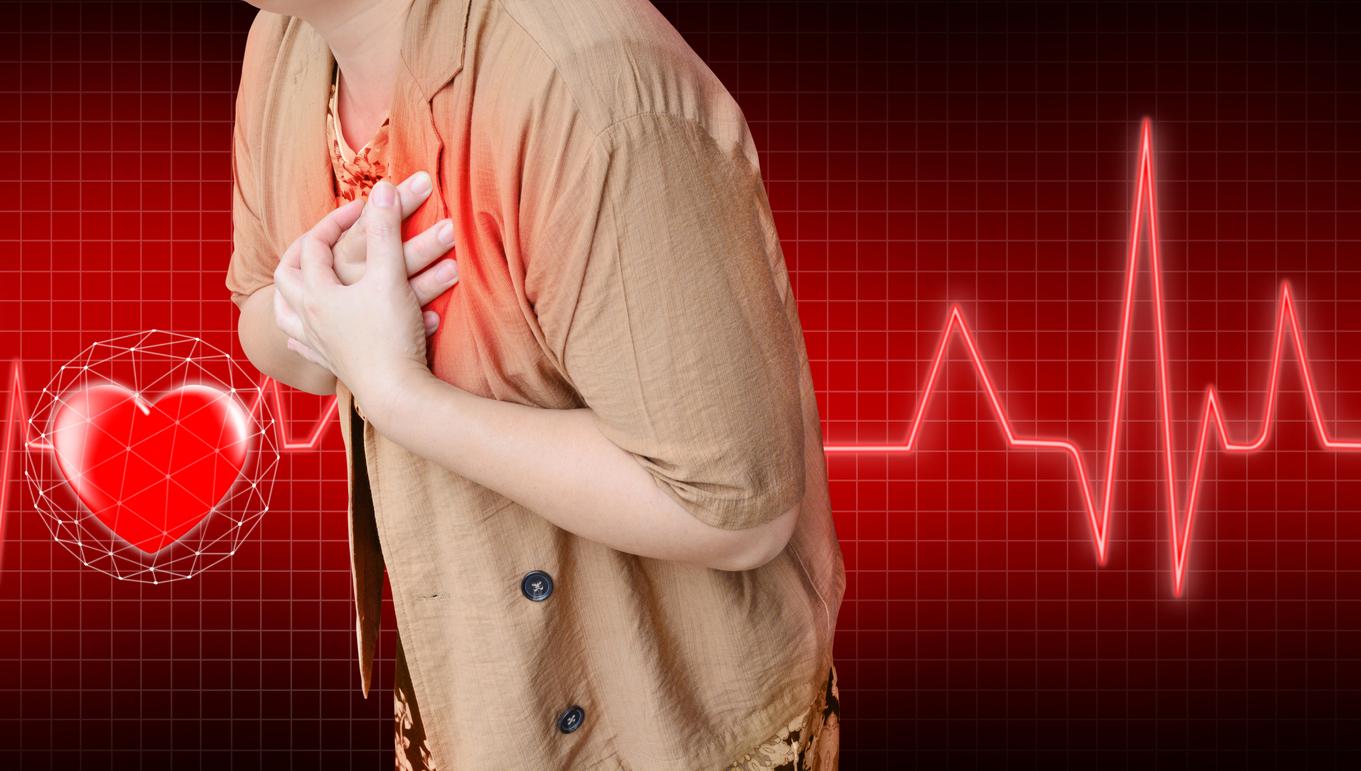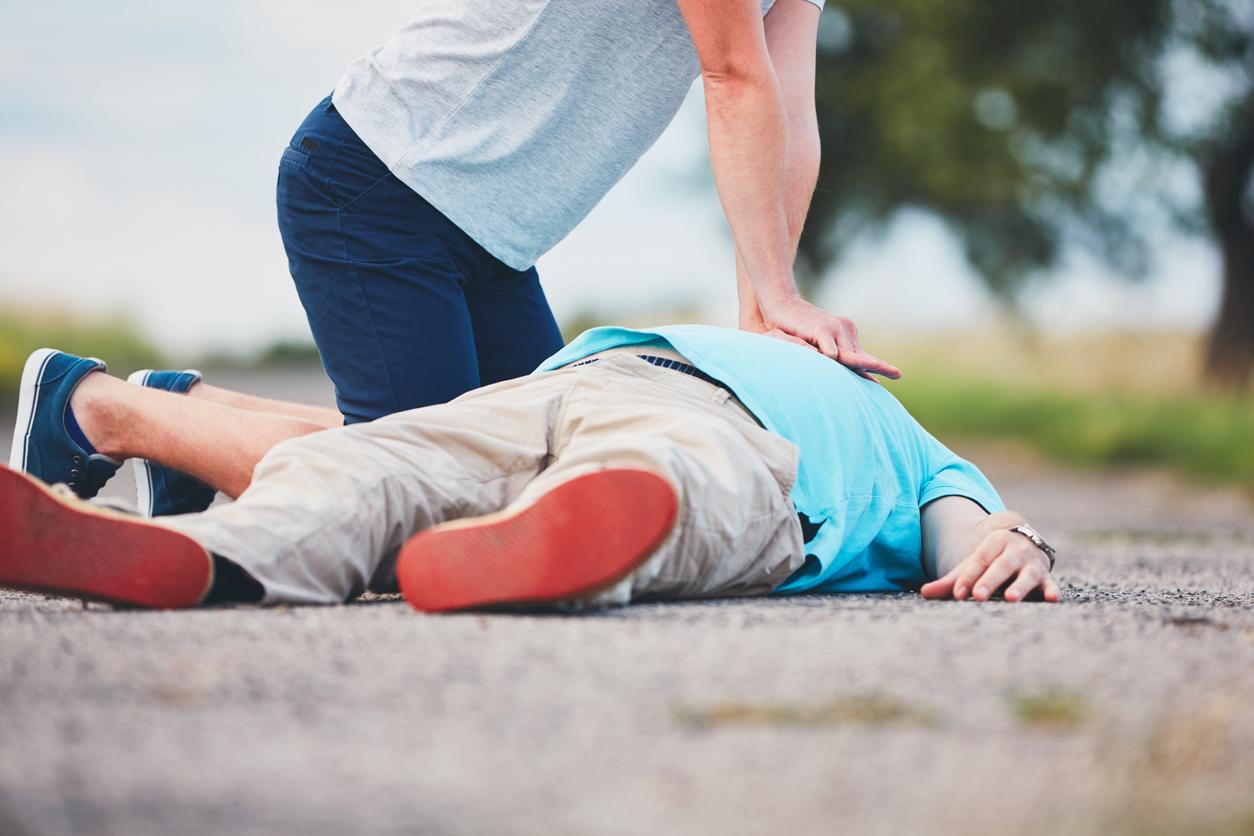Researchers assessed the chances of survival of patients in cardiac arrest based on the duration of cardiopulmonary resuscitation.
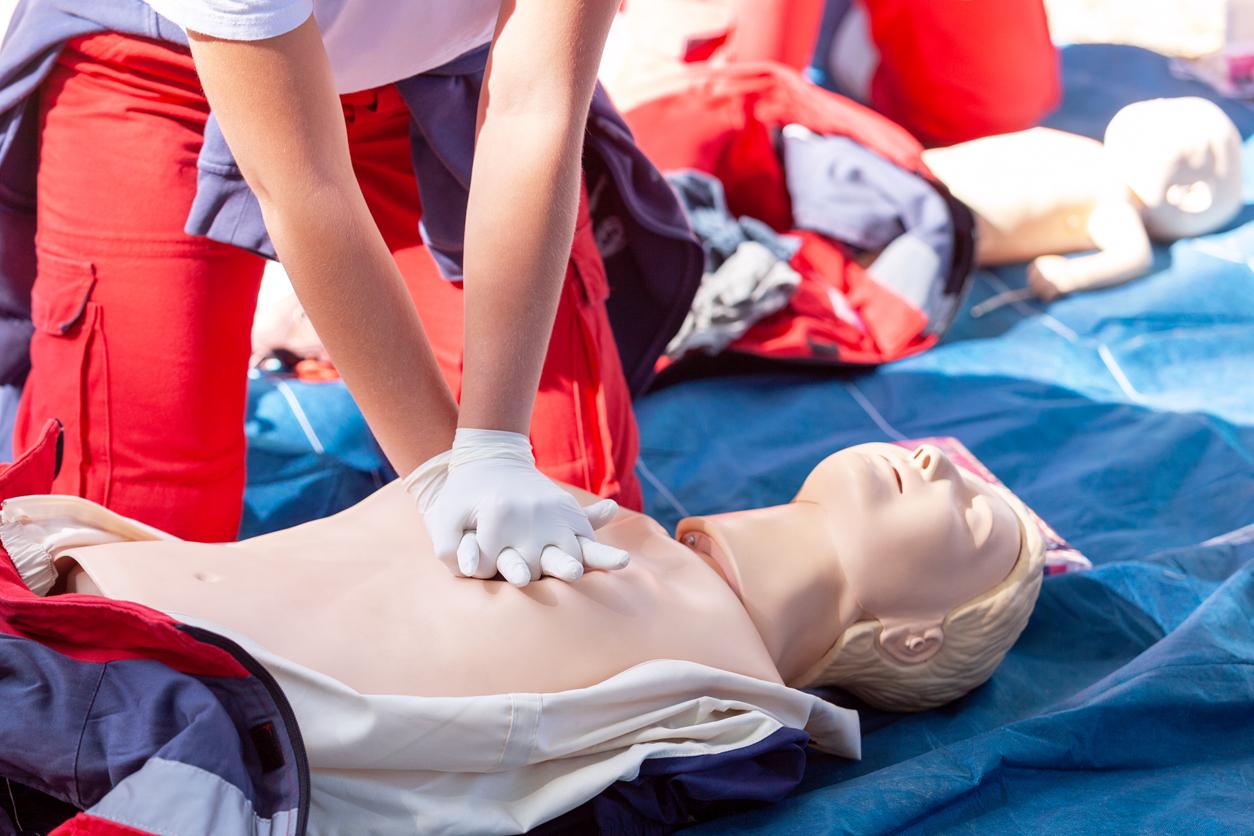
- The chances of survival during cardiopulmonary resuscitation for cardiac arrest in a hospital setting are decreasing rapidly.
- If they are 22% after one minute of massage, they are less than 1% after 39 minutes of resuscitation.
- The researchers’ work should help formulate more precise recommendations regarding cardiopulmonary resuscitation.
In-hospital cardiac arrest is a common but very dangerous medical emergency, with only about 25% of patients surviving to hospital discharge. This is why when the heart stops, it is essential to begin cardiac massage and mouth-to-mouth resuscitation to minimize complications and the risk of death.
American researchers wanted to have a precise estimate of the chances of survival based on the duration of cardiopulmonary resuscitation (CPR). To do this, they took the files of 348,996 American adults who suffered a cardiac arrest in hospital between 2000 and 2021.
Cardiac arrest: the longer the resuscitation, the lower the chances of survival
Of the 348,996 patients in cardiac arrest who received cardiopulmonary resuscitation, 67% achieved a return to spontaneous circulation with an average duration of cardiopulmonary resuscitation of 7 minutes. The manipulation did not make it possible to restart the heart for the remaining 33%.
After sifting through the various information collected, scientists calculated that the chances of survival during cardiopulmonary resuscitation for cardiac arrest in a hospital environment decrease rapidly. They go from 22% after one minute to less than 1% after 39 minutes.
The duration of the procedure also impacts the risk of injury and complications. The probability of leaving the hospital without serious brain damage drops from 15% after one minute of CPR to less than 1% after 32 minutes without a heartbeat.

Cardiopulmonary resuscitation: a study to help decision-making
In their scientific article, published on February 7, 2024, in the journal British Medical Journal (BMJ), the authors explain that the results provide “resuscitation teams, patients and their relatives an overview of the likelihood of favorable outcomes if patients, while awaiting the return of spontaneous circulation, continue to receive additional cardiopulmonary resuscitation”.
For them, their work could help healthcare professionals make specific recommendations on when to stop resuscitation in the event of cardiac arrest.








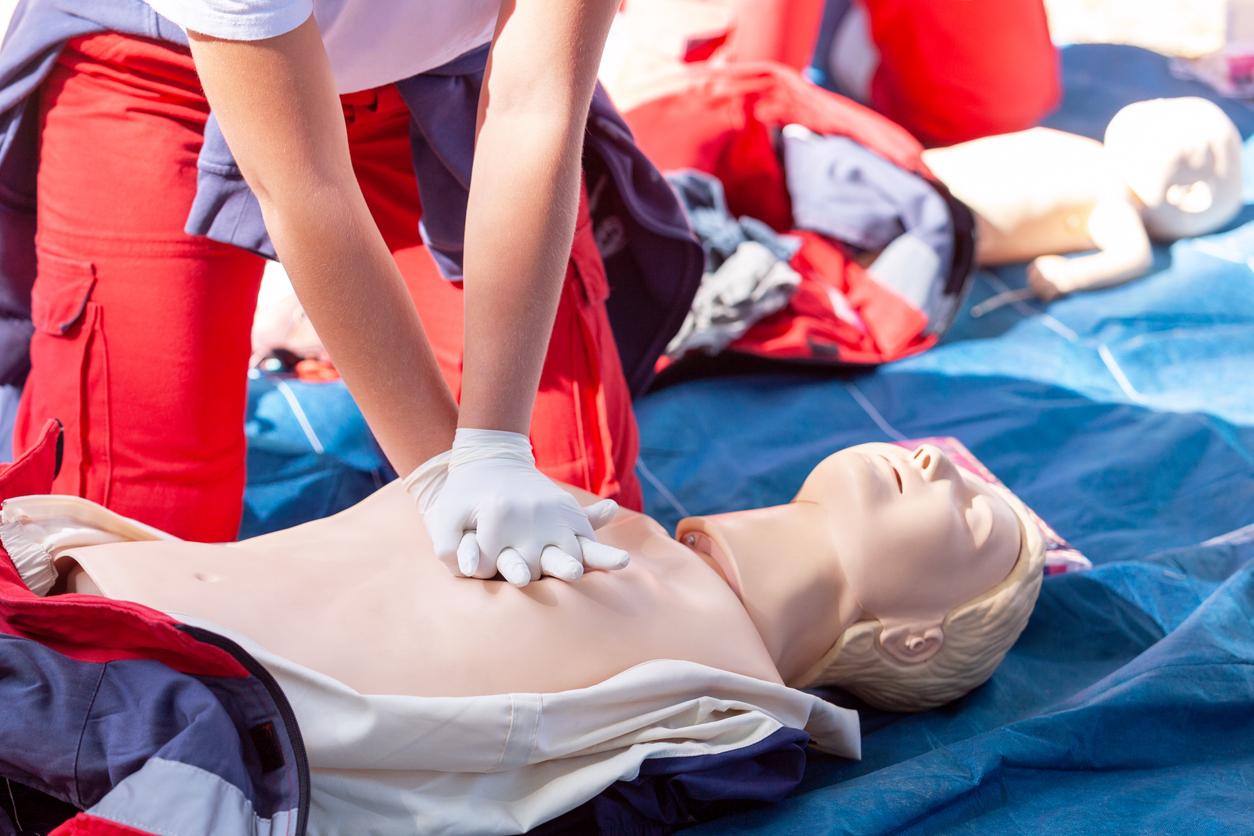

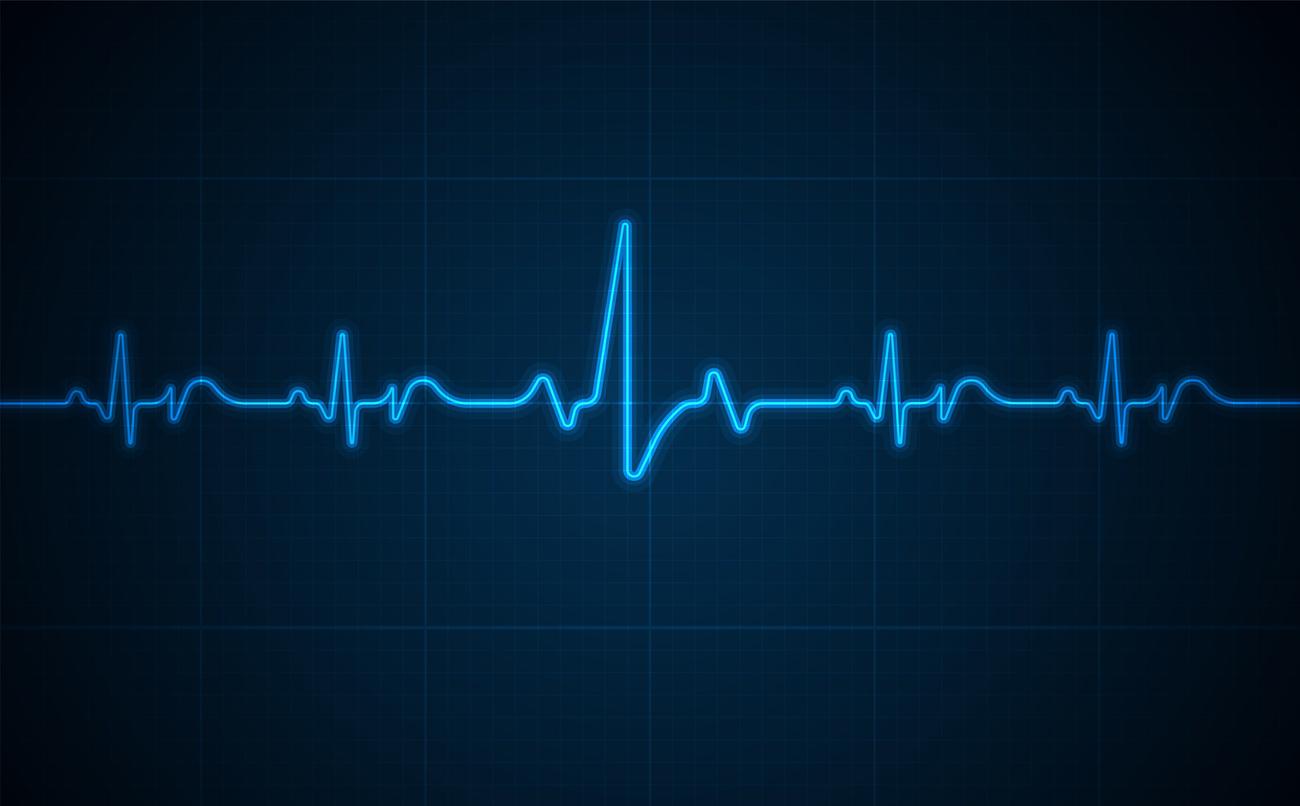

-1708094208.jpg)
